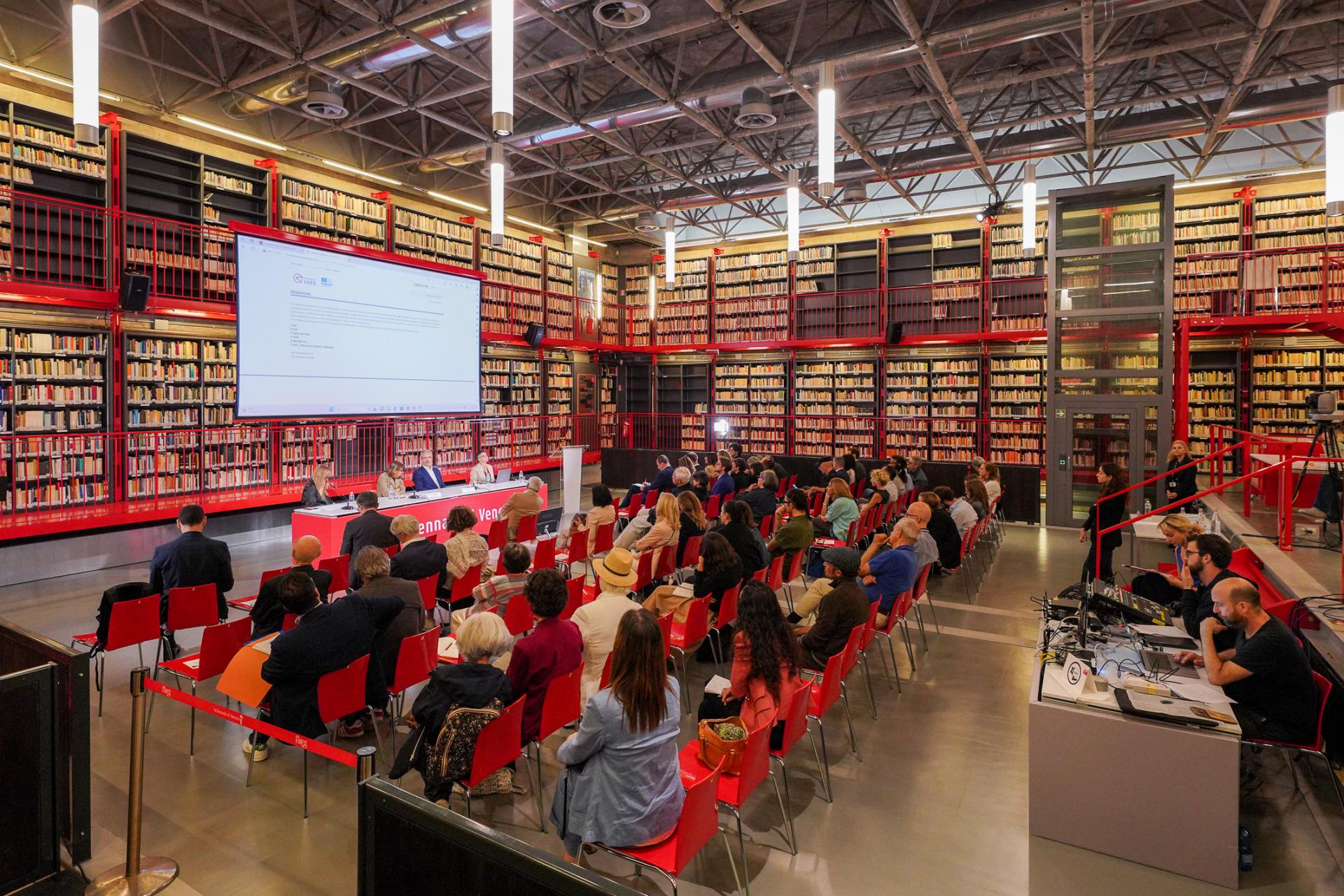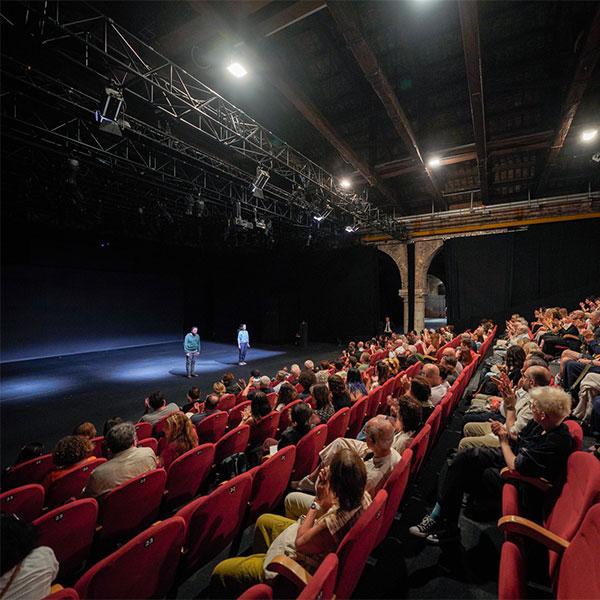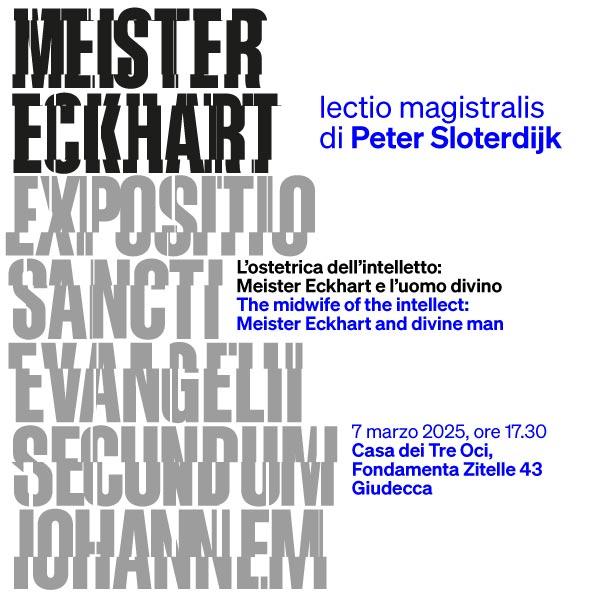Lecture by Riccardo Viale
Speech by Benedetto Camerana
Introduction by Roberto Cicutto
Moderated by Debora Rossi

Behavioral City©. Connecting Minds, Spaces and Policies
Wednesday 22 November, from 3 pm to 6 pm, at the Biennale Library.
Behavioral City. Connecting Minds, Spaces and Policies
La Biennale di Venezia is organizing on Wednesday 22 November 22, from 3 pm to 6 pm at the ASAC Library in the Giardini, the meeting entitled Behavioral City. Connecting Minds, Spaces and Policies, aimed at deepening and defining the concept of Behavioral City© as a result of the integration between behavioral government and urban design.
The meeting will be introduced by Roberto Cicutto, President of La Biennale. The lecture by Professor Riccardo Viale (Herbert Simon Society; Bicocca University of Milan and LUISS of Rome), creator of the Behavioral City© concept, will be commented by Architect Benedetto Camerana’s speech (Camerana & Partners). Moderator: Lawyer Debora Rossi (responsible for the Historical Archive of La Biennale di Venezia).
Behavioral City©
The role of cognitive sciences in design, architecture and urban planning has developed enormously in the last ten years: behavioral architecture and urbanism are recent fields that express this evolution. Nudging (having actions carried out without imposing them, but instead creating the right conditions to influence people) and behavioral insights for the development of city policies are attracting the attention of academic communities and policymakers. The design of public services is increasingly based on the choice of a behavioral architecture and on how to motivate people towards new collective actions.
Behavioral City© aims to define the main characteristics of this emerging concept through the convergence of two approaches:
- Behavioral Urbanism (BU) (Clovis, 1977), an interdisciplinary field of study focused on the interaction between man and the built urban environment, which studies the social effects, and cognitive and emotional factors of individuals' behavior;
- Behavioral Public Policy (BPP) the behavioral approach to public policies (Thaler and Sunstein, 2008; Oliver, 2017; Viale, 2018, 2022; Viale & Macchi, 2021) which uses the tools of cognitive science and behavioral economics to be able to understand how to change citizen behavior towards individual and collective well-being objectives.
The gap that exists between these two methods limits the behavioral insights (BI), i.e. the behavioral analyzes that are developed by both. Behavioral Urbanism is applied to the urban planning of the city already decided by the policymaker. Its function is to study the behavioral effects of an urban structure decided according to non-behavioral variables; the urban plan of a city is in fact designed according to engineering and aesthetic criteria and on the basis of political and economic negotiations. There is generally no evaluation of the effects on citizens' behavioral change choices and their well-being. Behavioral Public Policy, on the other hand, is a new approach and has so far never focused its attention on urban planning. It dealt with a series of public services such as sports, education, health, leisure, social inclusion, mobility, energy saving and environmental protection, which have a clear impact on the spatial design of the city.
To date, however, the integration of the two dimensions has never occurred, either from a practical or conceptual point of view. In this sense, Behavioral City© aims to propose, through the study of human behavior, an integrated vision of public services, urban and architectural design for better human well-being.


